- Activities
- Fields of Innovation
Fields of Innovation
Presentation of White Spots
The following illustration shows the energy infrastructure based on hydrogen and (renewable) gas in the future energy system:
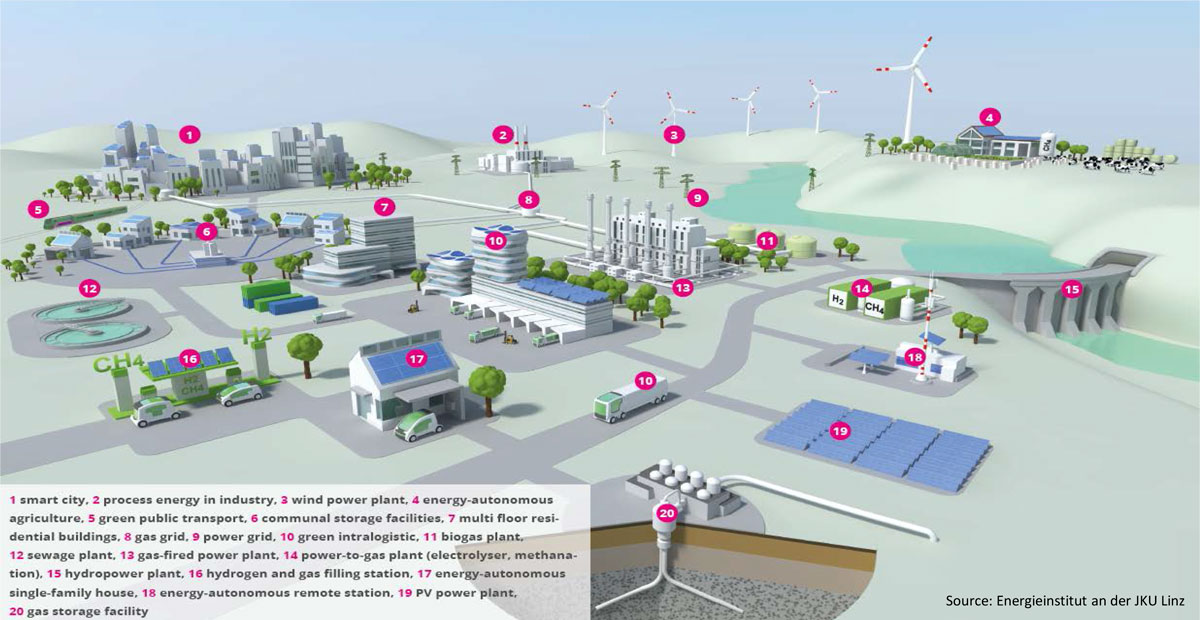
Green Energy
Description of White Spots
Feed-in and feed-out of green hydrogen
Local and regional energy hubs based on green hydrogen
Power to Gas/Liquid & Gas/Liquid to Power/Heat
Green Mobility
Description of White Spots
Hydrogen fuel cell components and systems for steerable fuel cell electric vehicles
Hydrogen fuel cell for electrified heavy-duty traffic
Hydrogen infrastructure and CO2-free logistics
Green Industry
Description of White Spots
There are a number of existing industrial processes which are based on gaseous energy carriers or which are also based on hydrogen from fossil sources or use it in industrial processes. The transition to green industrial processes therefore requires an accelerated changeover in this respect as well. Projects in various sectors of the economy are needed to facilitate this transition to the use of renewable hydrogen in the process. In this context, however, on the one hand a clear need for research and development is necessary and on the other hand a demonstration of the changeover is required.
Green hydrogen in (existing) industrial processes
New technologies for using hydrogen
project areas
- production [12/15]
- transport [9/15]
- storage [9/15]
- conversion [4/15]
- application [14/15]
Working Groups
within the association WIVA P&G
dummy
WG Dissemination and communication
WG Industrial cooperation and exploitation of results
WG International relations
WG Research agenda
dummy
WG Quality control
WG Administrative procedures
WG RED/DRA
Projects
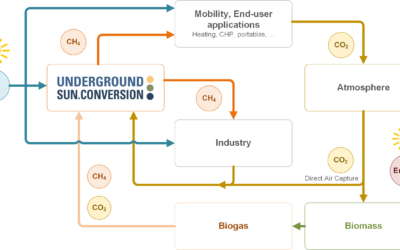
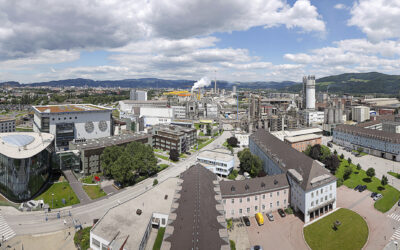
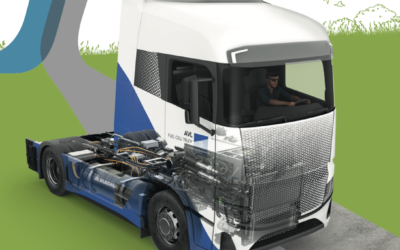
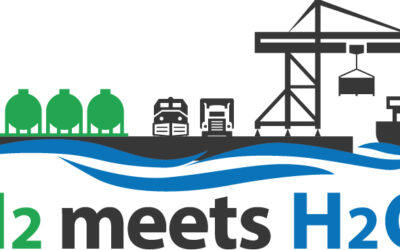
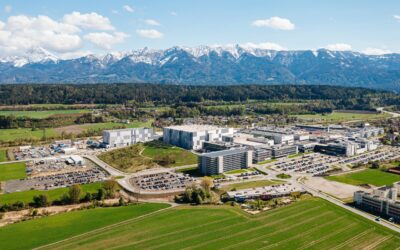
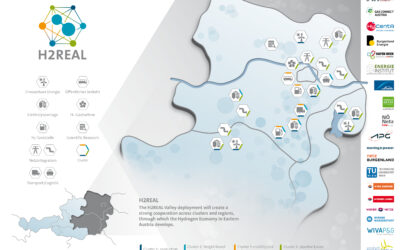
Project map
Geographical overview of our activities
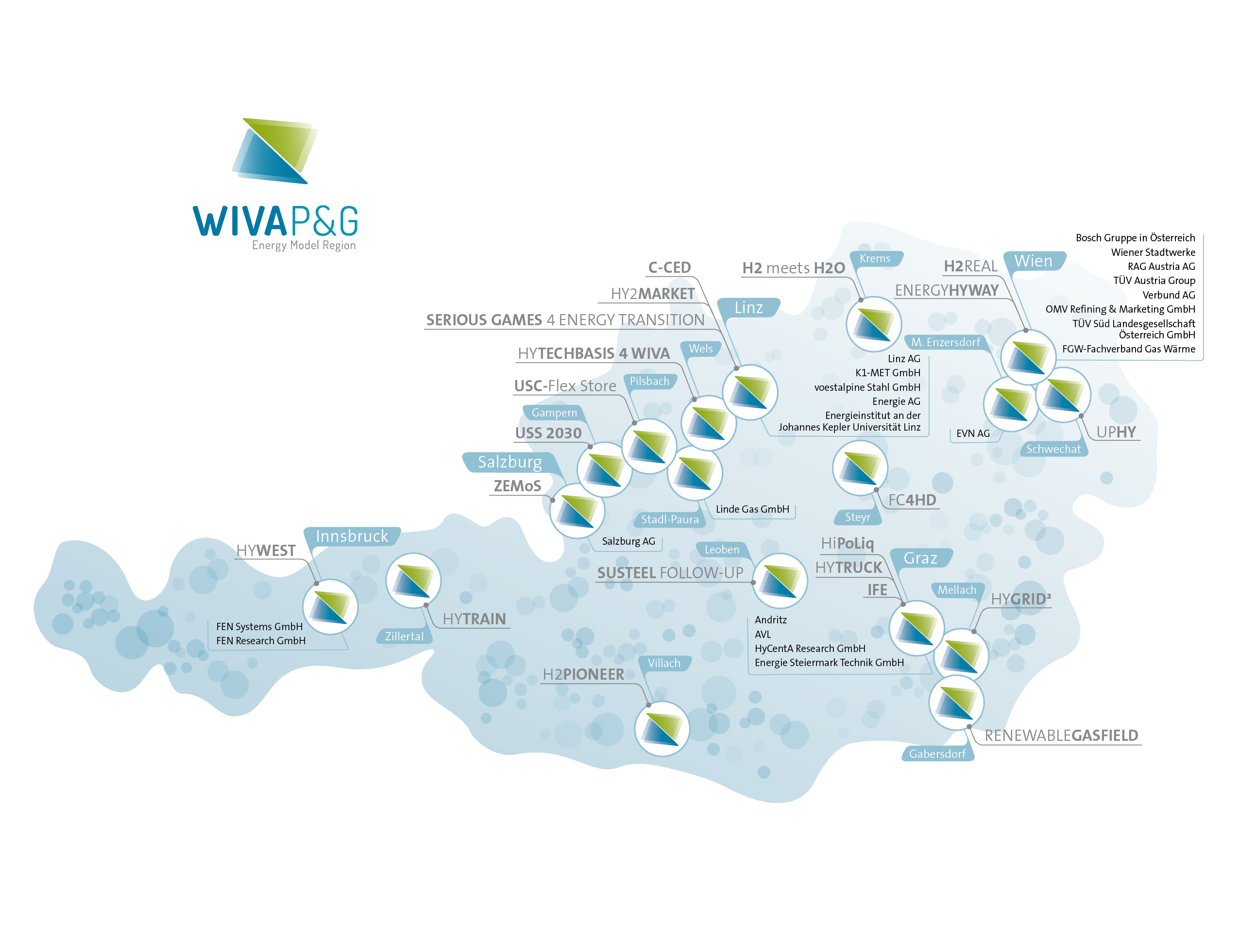
EnergyHyWay
Content Here
H2Real
Content Here
UpHY
Content Here
Bosch Gruppe Österreich
Content Here
Wiener Stadtwerke
Content Here
RAG Austria AG
Content Here
TÜV Austria Group
Content Here
Verbund AG
Content Here
OMV Refining & Marketing GmbH
Content Here
TÜV SÜD Landesgesellschaft Österreich GmbH
Content Here
FGW-Fachverband Gas Wärme
Content Here
EVN AG
Content Here
Linz AG
Content Here
K1-MET GmbH
Content Here
Voestalpine Stahl GmbH
Content Here
Energie AG
Content Here
Energieinstitut an der Johannes Kepler Universität Linz
Content Here
Linde Gas GmbH
Content Here
Salzburg AG
Content Here
Andritz
Content Here
AVL
Content Here
HyCentA Research GmbH
Content Here
Energie Steiermark Technik GmbH
Content Here
FEN Systems GmbH
Content Here
FEN Research GmbH
Content Here
HyTrain
Content Here
H2Pioneer
Content Here
SUSTEEL
Content Here
HiPoLiq
Content Here
HyTruck
Content Here
IFE
Content Here
HYGRID2
Content Here
FC4HD
Content Here
C-CED
Content Here
Hy2Market
Content Here
SG4ET
Content Here
HyTechbasis 4 WIVA
Content Here
USC-Flex Store
Content Here
USS 2030
Content Here
Zemos
Content Here
HyWest
Content Here
H2 meets H2O
Content Here
Renewable Gasfield
Content Here
Publications
Press releases, position papers, specialist articles and contributions

Publikation: Die Evolution der Emissionsdefinition im EU- Emissionshandelssystem
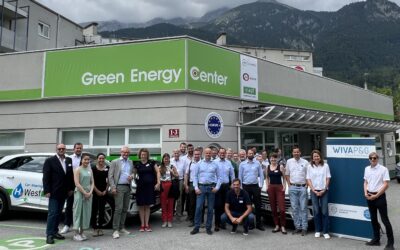
Follow-up report: ERFA hydrogen logistics
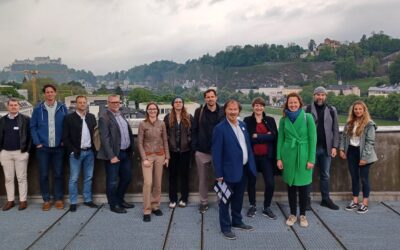
Nachbericht: ERFA Wasserstoffkosten
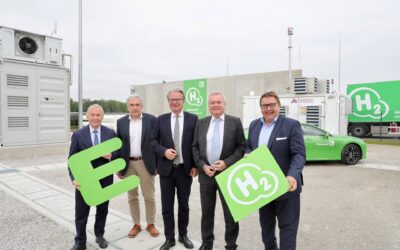
Eröffnung der ersten öffentlichen Produktion für „grünen“ Wasserstoff in Österreich

Batterien und H2-Brennstoffzellen
Positionspapier Forschungsagenden

H2Pioneer: Vortrag NEFI Konferenz – Martin Sagmeister

Publikation: Rechtliche Aspekte der Kohlendioxid-Abscheidung und Nutzung im Regime des EU-Emissionshandelssystems
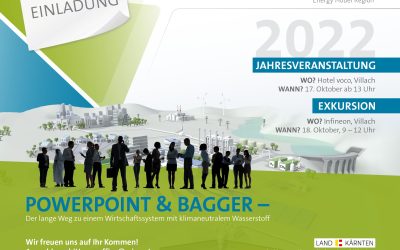
WIVA Jahresveranstaltung – Vorträge
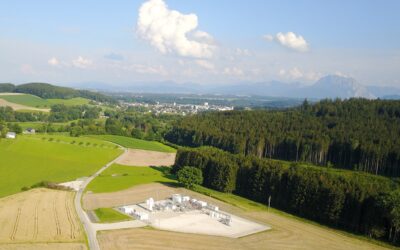
Schweiz am Wochenende Artikel: Erneuerbares Gas aus der Schweiz (8.10.2022)
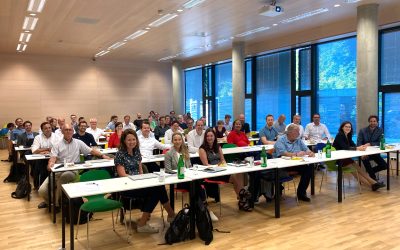
Erfahrungsaustausch WASSERSTOFFPRODUKTION

